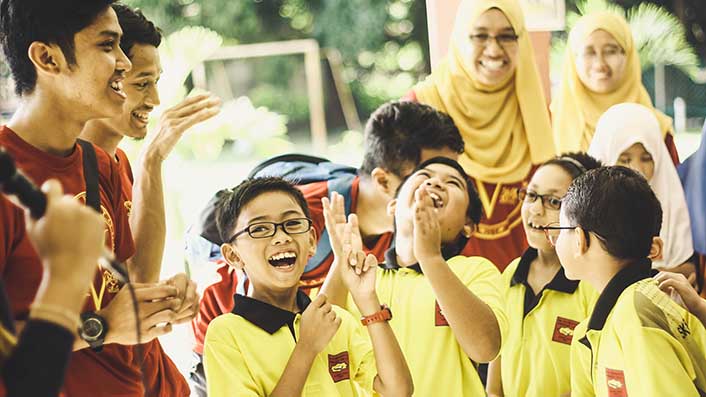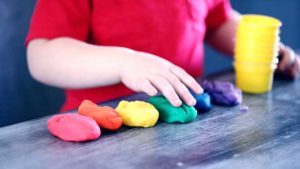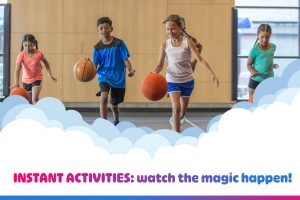Hello there!
I’m hoping everyone is well!
If you have recently been creative with using stories during PE lessons please email me at rachel@onceuponapelesson I would love to discuss and share new ideas!

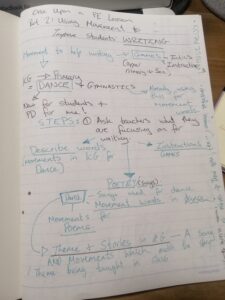
The image above shows the beginning of my latest brain wave.
Obviously, my main theme is to support the learning of language within PE – teaching movement and language together so they reinforce each other. Up until now I have promoted the use of movement words and storytelling within PE lessons. For my department I have begun linking Early Years PE games with the stories which are being taught in the classroom.
My Head of Department loves this idea and Early Years classroom teachers are jumping on board. We have discussed upcoming themes within the early years so that I can tailor the PE activities and I’ve even had a few phonics lessons so that when I am introducing movement words to the class I can teach them phonetically.
I was wondering though, where do I go from here?
Storytelling and movement words are great but how else can I ensure that movement within PE helps to develop a student’s language skills?
I am lucky enough to be in touch with Rick Baldock, Professional Learning Officer and ACHPER (SA) Editor. I cannot thank this gentleman enough for the help he has given me! We spoke for an hour bouncing ideas between one another.
“So what was this great idea?”
“Where are you heading next?”
I hear you asking these questions.
Using the movement in PE to improve students’ WRITING!
How?
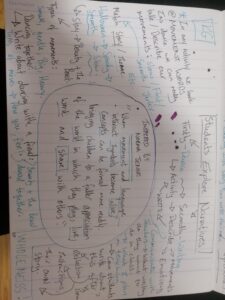
Take a look at my mind map above as it gives a very rough overview of how PE lessons can be used to inspire students’ content for writing.
When digging deeper for ideas, I was greatly inspired by Norma Jenner who has written in great detail about movement as a means for motivating language. One section of her book “Movement and Language” which was published in 1976, which really stood out to me was “When movement and language interact symbols become alive, concepts can be formed more readily, bringing children to a fuller appreciation of the world in which they play, live, work and share with others.” It is amazing how a book written 44 years ago can still have such a strong influence over teaching theory and practice in the modern day.
The images below show more detail of what I am further planning.
It may look a messy at first but this is my thinking- all over the place to begin with and then linked together to create magic!
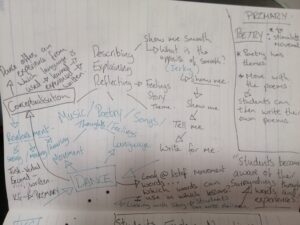


From this planning I know how I will begin with dance in the early years which will progress through the primary school. These dance units will provide movement words, movement poems and experiences which will hopefully help students improve their writing ability.
I will finish with another section of Norma’s writing upon which I have based my hopes for this dance unit;
“I took a class of children for dance and they responded with such enthusiasm and interest that I knew the lesson could not finish there, so we returned to the classroom to write.
Children who usually struggled to write one sentence had managed two or three. It was clear from the diversity of ideas conveyed in their stories that movement had sparked a lively and imaginative response”.
I hope these wise words get the clogs turning!

